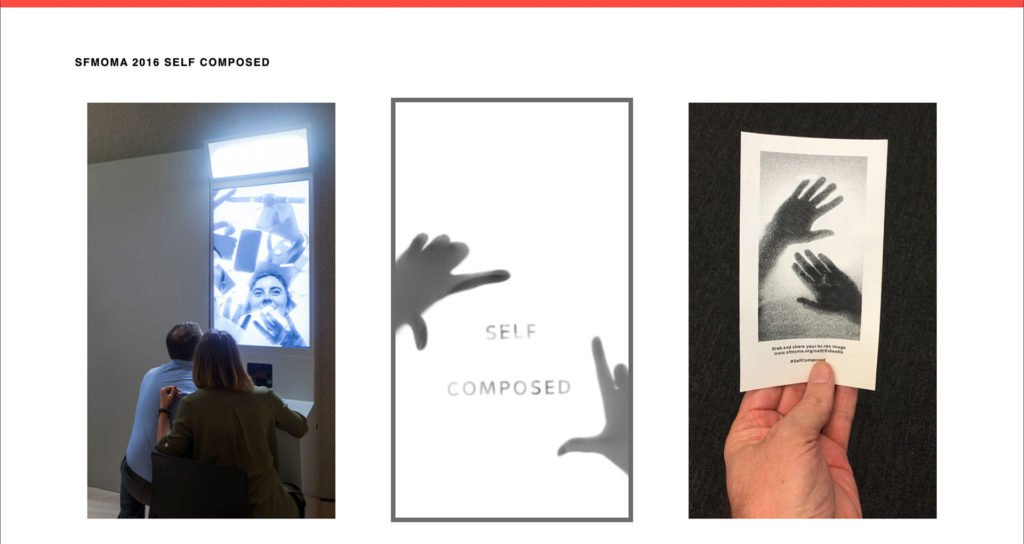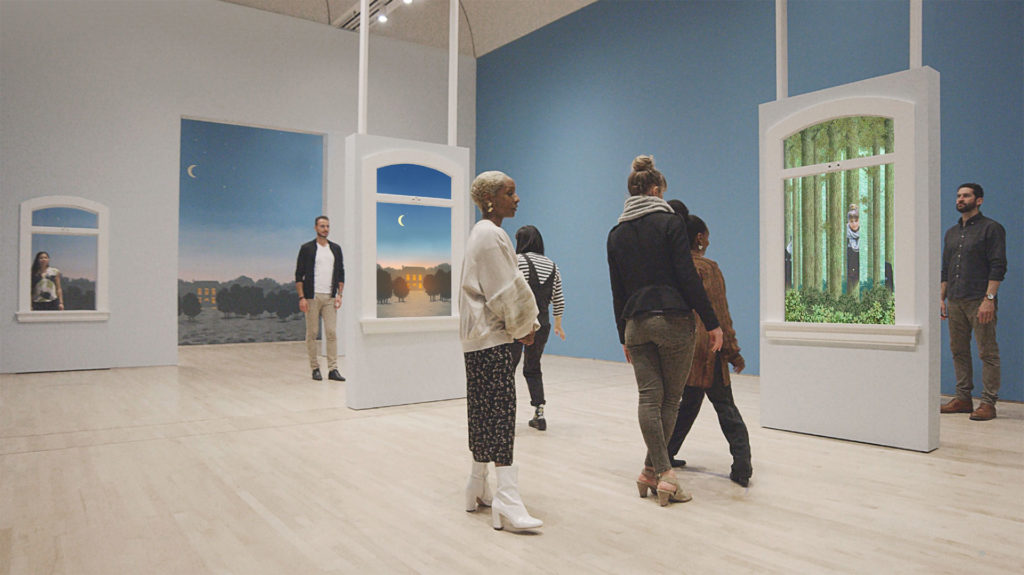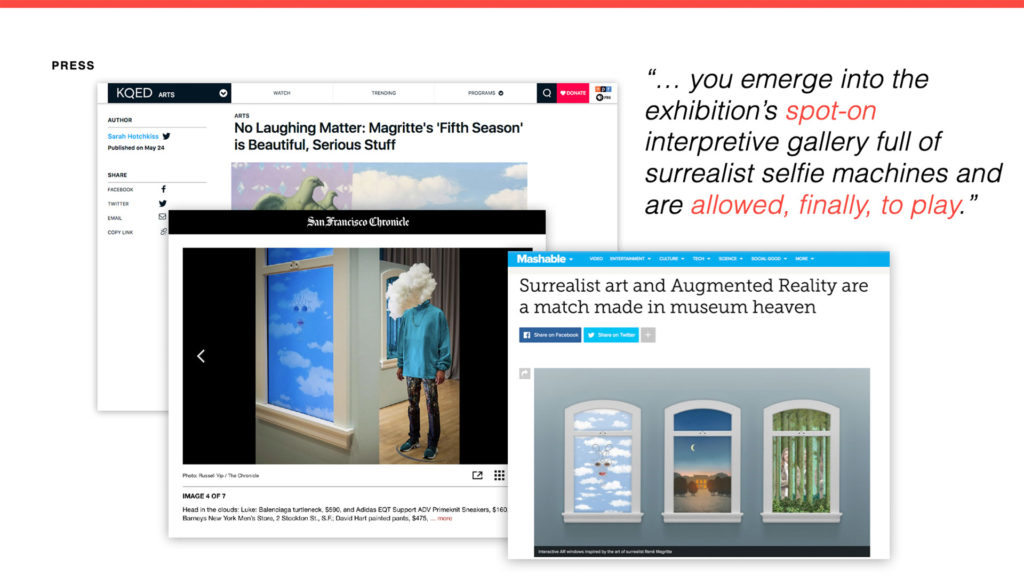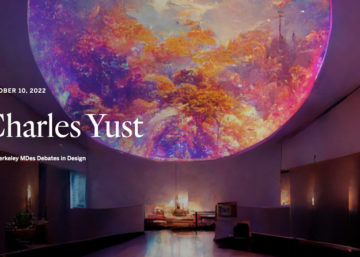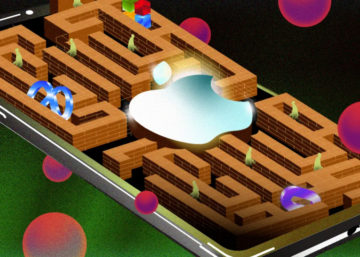On March 12, 2019, I co-presented a SXSW panel entitled Art Museums as Spaces of Digital Play alongside Sarah Brin, Creative Producer at Meow Wolf and Chad Coerver, Chief Education & Community Engagement Officer at SFMOMA.
Many adjectives are ascribed to art museums, but “fun” isn’t usually at the top of the list. Institutions have tended to project authority rather than empathy and emotional connection. However, museums’ aspiration to grow attendance beyond traditional art audiences has begun to create opportunities for playful engagement almost unthinkable a decade ago. Digital experiences, particularly AR, have played a key role in this development. Focusing on delight, more than didactic forms of education, can have powerful effects on fostering understanding and engagement among visitors of all ages. This panel will examine trends in the field and take a deep dive on findings from the immersive Interpretive Gallery created by SFMOMA and frog in 2018 for the “Magritte: The Fifth Season” exhibition.
ACT I. Chad Coerver kicked off the talk and discussed SFMOMA’s efforts to grow attendance beyond traditional art audiences leveraging opportunities for playful engagement almost unthinkable a decade ago. He talked about SFMOMA’s insight that they had to engage a much larger audience, one that was not nearly so bookish. “These are people who arrive at their epiphanies through experience, emotion, and pleasure. They need stories, delivered with passion. And so our presumptions about a successful customer journey had to shift accordingly: from insider to outsider, and from knowledge to delight.“
This sentiment was captured in the implementation of their SendMe application which allowed people to send a text message the museum and receive an artwork in return and Self Composed, an earlier initiative to use digital installations to facilitate turning visitors into participants.
ACT II. I spoke about the Magritte: The Fifth Season Interpretive Exhibit project which was designed and implemented by an interdisciplinary team that I helped lead from the frog side and that worked in close collaboration with a diverse team from SFMOMA. The session focused on how the use of Augmented Reality was deeply influenced by Magritte’s work and how deeply his motifs were woven into the digital experience. “This experience was not intermingled with the artist’s work, and did not try to augment the paintings. There were no instructions, it allowed the visitor a moment to discover. Some experiences invited the visitor to move, some encourage them to stand still and just look deeply. Presence and motion were the only prerequisites as the visitors were confronted with mysteries and challenges that were achievable and solvable on their terms.“
ACT III. Sarah Brin wrapped the conversation by asking five questions about using Augmented Reality for playful museums and cultural institutions:
- What are our ethical obligations when we work with AR in art museums?
Adding an AR layer might be considered a violation of a museum’s institutional obligation to protect the artists’ intentions and the spirit of their work. However, it’s important that I distinguish between art institutions and artists themselves, art institutions are obliged to be custodians of the artworks, whereas artists have much more room to be critical - What happens when we let artists drive?
While museums are trusted to be custodians of artworks and the wishes of the artists who make them, other artists are not charged with that task, and sometimes, those artists can provide a really important form of critique. - What if we think of audio as AR?
Sometimes amidst all the hype surrounding emerging technologies, it can be easy to ignore the tried and tested tools of the trade. Audio tours: people use them, they can be relatively low cost, the technology is established and reliable (bluetooth beacons). - Mobile or Fixed AR?
For me, the most exciting technology art projects take advantage of what only that technology can do – exciting when the digital meets the physical. - Is it worth it?
AR projects, and technology projects in general, are expensive, and they can be extremely taxing on the time, budget, and technological infrastructure of an organization. So when wondering “what new technologies might we bring into the museum,” ask “What are our core values driving this project?”, “What do we want people to feel?”, and “Who does this invite to the table?”

